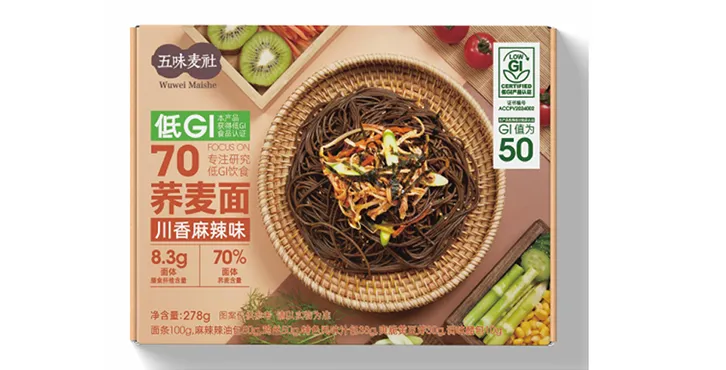egg ramen
The Delight of Egg Ramen A Culinary Journey
Ramen, the quintessential Japanese noodle dish, has been embraced around the world, evolving into a myriad of variations that cater to diverse palates and culinary preferences. Among these, egg ramen stands out as a delightful fusion of texture and flavor. In this article, we explore the origins of ramen, the significance of eggs in this dish, and the reasons why egg ramen has captured the hearts (and stomachs) of food lovers everywhere.
A Brief History of Ramen
Ramen's origins can be traced back to China, where wheat noodles first found their way into Japanese cuisine during the early 20th century. The dish gained popularity in Japan after World War II, when food scarcity and cultural influx meant that noodles became a staple for many. Over time, ramen evolved into a beloved comfort food, with regional variations reflecting local ingredients and preferences. From the rich tonkotsu broth of Fukuoka to the shoyu-based ramen of Tokyo, each bowl of ramen tells a story of culture and belonging.
The Role of Eggs in Ramen
Eggs have played a crucial role in enhancing the flavors and textures of ramen. In traditional ramen, eggs are often boiled to create the iconic ajitsuke tamago, or marinated soft-boiled eggs. These eggs are slowly cooked to achieve a delicate, creamy yolk that complements the savory broth. When sliced in half and added to a bowl of ramen, they not only introduce a rich, velvety texture but also enhance the dish's visual appeal.
The process of making ajitsuke tamago involves marinating the soft-boiled eggs in a mixture of soy sauce, mirin, and sake, giving them a deep umami flavor that harmonizes beautifully with the broth. The result is an irresistible combination the soft, runny yolk cascades into the hot noodles and broth, creating a luscious mouthfeel and an explosion of flavor with each bite.
egg ramen

The Popularity of Egg Ramen
So, why has egg ramen become a favorite among many? One key reason is its comforting nature. The warm broth, chewy noodles, and rich egg yolk combine to create a dish that is both nourishing and satisfying. Egg ramen not only nourishes the body but also soothes the soul—a perfect companion for cold days or moments of stress.
Moreover, egg ramen is highly customizable. Home cooks can experiment with different types of noodles, broths, and toppings, allowing for a personalized experience. Whether one prefers a spicy miso base, a savory shoyu or an aromatic tonkotsu, egg ramen can easily adapt to individual tastes. The addition of vegetables, meats, or even seafood allows for endless creativity, making it a versatile dish for any occasion.
In recent years, the popularity of egg ramen has soared beyond its traditional roots, influencing contemporary culinary trends. From gourmet ramen restaurants to home cooks experimenting in their kitchens, egg ramen has found a place in the hearts of many. Social media platforms, especially Instagram, are filled with vibrant photos of beautifully crafted ramen bowls, showcasing the artistry involved in presenting this beloved dish.
Conclusion A Symbol of Culinary Unity
In essence, egg ramen is more than just a meal; it is a symbol of culinary unity that transcends geographical boundaries. It embodies the blending of cultures, the creativity of home cooks, and the love for comfort food. Whether enjoyed in a bustling ramen shop in Tokyo or recreated in a cozy kitchen halfway across the globe, egg ramen encapsulates the spirit of togetherness and the joy of sharing a delicious bowl of noodles.
As we savor each bite, let us celebrate the rich history and cultural significance of ramen, recognizing the simple but profound pleasure that a bowl of egg ramen can bring into our lives. In a world that often feels fragmented, this humble dish reminds us of the beauty found in sharing food, stories, and experiences. So next time you find yourself craving something warm and fulfilling, consider indulging in a comforting bowl of egg ramen—it might just be the culinary embrace you need.
-
Unleash Your Inner Chef with Delectable Italian Pasta CreationsNewsAug.01,2025
-
Savor Health and Flavor: Irresistible Soba Noodles for Sale Await!NewsAug.01,2025
-
Nourish Your Body with Premium Organic Ramen - A Culinary Delight AwaitsNewsAug.01,2025
-
Elevate Your Dishes with Our Exquisite Kinds of Egg NoodlesNewsAug.01,2025
-
Dive into Flavorful Convenience with Our Ramen OfferingsNewsAug.01,2025
-
Discover Exquisite Types of Naengmyeon and Chilled Soba NoodlesNewsAug.01,2025
-
Is Whole Wheat Pasta Healthy?NewsMay.30,2025
Browse qua the following product new the we

















































































































